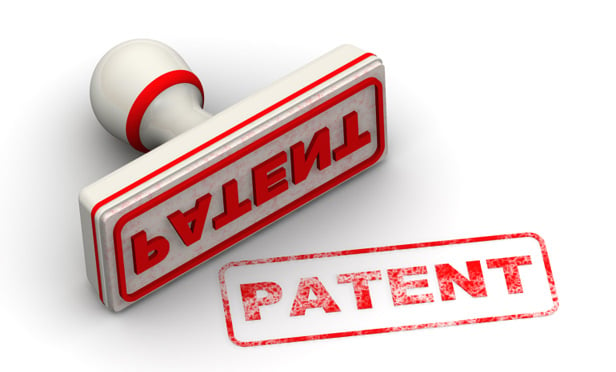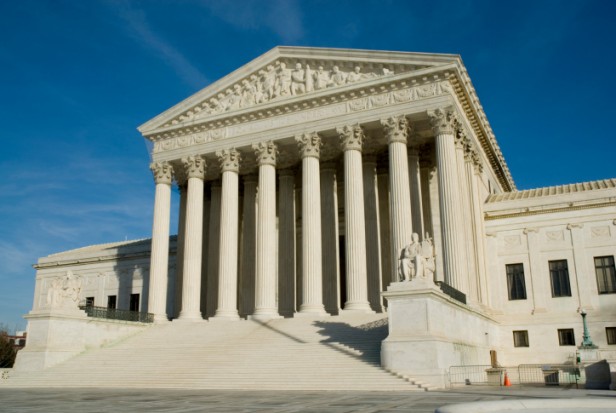Features

Recent Disputes over Copyright Licenses
This article discusses disputes involving the use of copyrighted works or intellectual property underlying that work, under a license, or in one case, under an implied license. The parties thereto are not nearly as well-known, but the legal conclusions reached may have farther reaching implications.
Features

Expanded Means-Plus-Function Analysis Presents New Opportunities and Challenges
The Federal Circuit's <i>en banc</i> decision in <i>Williamson v. Citrix Online</i> expanded the potential application of 35 U.S.C. §112, ¶6, making it more likely that functional claim language will be construed as a means-plus-function limitation even in the absence of the word "means." This article discusses recent decisions applying <i>Williamson</i> and provides practical insights and strategies for patent owners and accused infringers to consider when addressing the expanded application of §112, ¶6.
Features

Salvaging a Patent After a Post-Grant Proceeding
When the Patent Trial and Appeal Board (PTAB) decides to institute a post-grant proceeding, the subject patent is in jeopardy.
Features

Software and Business Method Inventions After <i>Alice</i>
As important as software and business method inventions are in the new digital economy, it is often unclear whether they can be patented. This uncertainty is largely due to a legal rule that “abstract ideas” are not eligible for patent protection, which is based on a long line of U.S. Supreme Court cases, with <i>Alice Corporation v. CLS Bank</i> being the most recent and influential.
Features

Increase of IP Cyberthefts on the Horizon, and Many Unprepared
Though cybertheft of intellectual property is predicted to dramatically increase over the next 12 months, a significant portion of companies has yet to fully secure their IP assets, according to a survey released by Deloitte Cyber Risk Services.
Columns & Departments

IP News
Fed. Cir.: Patent Application Provided Sufficient Written Description to Provide Priority Date<br>Fed Cir: Patent Trial Appeals Board's Decision on Assignor Estoppel is Not Reviewable<br>Fed. Cir.: Automatic Method for Lip Synchronization and Facial Expressions of Animated Characters is Patentable Subject Matter

Photo Agency's Suit Against <i>Oh No They Didn't!</i> At Ninth Circuit
A photo agency that sued the owner of online tabloid Oh No They Didn't! for copyright infringement is hoping to reverse a ruling that threw out its case, prompting Pinterest and others to weigh in and argue that reviving the case could erode legal protections afforded to Internet service providers.
Need Help?
- Prefer an IP authenticated environment? Request a transition or call 800-756-8993.
- Need other assistance? email Customer Service or call 1-877-256-2472.
MOST POPULAR STORIES
- The Article 8 Opt InThe Article 8 opt-in election adds an additional layer of complexity to the already labyrinthine rules governing perfection of security interests under the UCC. A lender that is unaware of the nuances created by the opt in (may find its security interest vulnerable to being primed by another party that has taken steps to perfect in a superior manner under the circumstances.Read More ›
- Strategy vs. Tactics: Two Sides of a Difficult CoinWith each successive large-scale cyber attack, it is slowly becoming clear that ransomware attacks are targeting the critical infrastructure of the most powerful country on the planet. Understanding the strategy, and tactics of our opponents, as well as the strategy and the tactics we implement as a response are vital to victory.Read More ›
- Clause & EffectNet-Profit Rights/Movies Based on TV Shows<br>Insurance/Contract-Breach Exclusion<br>Insurance/Copyright-Infringement CoverageRead More ›
- Rights and Obligations In Patent LicensesThe owner of a commercially successful patent may have competing desires. On one hand, the patent owner wants to protect the patent and secure its maximum benefit; on the other hand, the patent owner wants to avoid enforcement litigation with competitors because it is expensive and puts the patent at risk.Read More ›
- Foreseeability as a Bar to Proof of Patent InfringementThe doctrine of equivalents is a rule of equity adopted more than 150 years ago by the U.S. Supreme Court. Prosecution history estoppel is a rule of equity that controls access to the doctrine. In May 2002, the Court was called upon to revisit the doctrine and the estoppel rule in <i>Festo Corp. v. Shoketsu Kinzoku Kogyo Kabushiki Co. Ltd.</i> Ultimately the Court reaffirmed the doctrine and expanded the estoppel rule, but not without inciting heated debate over the Court's rationale — especially since it included a new and controversial foreseeability test in its analysis for estoppel.Read More ›
